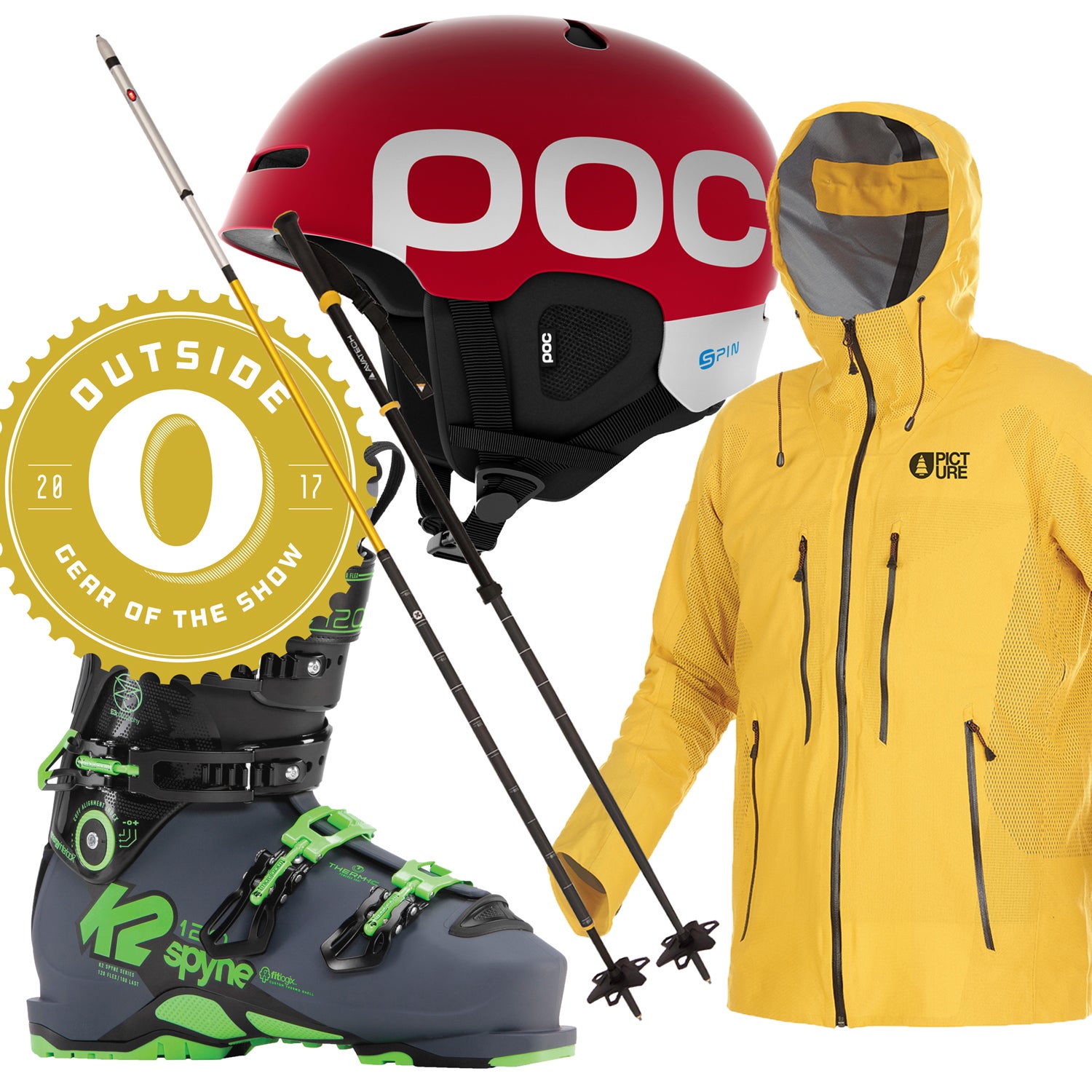Most modern ski gear is pretty damn good, but some of it truly stands apart. The stuff on this list—from a cool new helmet technology to a sleek shell—all belongs in the latter category. This week, we got a sneak peek at what’s coming down the pike for winter 2017/2018 at the annual SnowSports Industries America show in Denver. Here’s what we found.
��
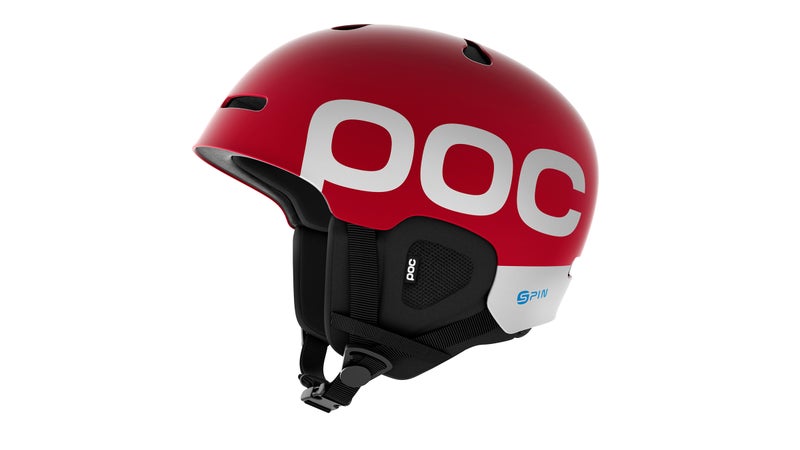
POC Spin Helmet ($220)
In 2010, the International Journal of Crashworthiness published a study about the first oblique-impact test for helmets. The authors pitted a standard helmet against a new design that sandwiched a slippery layer between the shell and liner that was supposed to mitigate crash impacts. The new helmet succeeded brilliantly, reducing rotational acceleration of the head by 50 percent compared to its competitors.
Those findings gave rise to , a credit card–thin plastic liner that has become a standard safety feature in many helmets. Several companies, from POC to Giro to Smith, use the technology in their lids, claiming it reduces the force of oblique impacts. Until this month, MIPS was one of the few technologies��in our world promising to reduce those off-kilter forces. Now, POC’s new SPIN tech (which stands for Shearing Pad Inside) alleges to do the same thing. Here’s what POC has to say about the new design:
“It uses SPIN pads placed in precise locations throughout the helmet. The pads shear in any direction to minimize the effects of an oblique fall by allowing the helmet to move relative to the head.”
In other words, those little pads will allow the helmet to move with you, rather than yank your head if you smash it against the slope. It certainly looks intriguing, with seven golf ball–size circles nested under the shell. The new technology will be available in five models next winter.
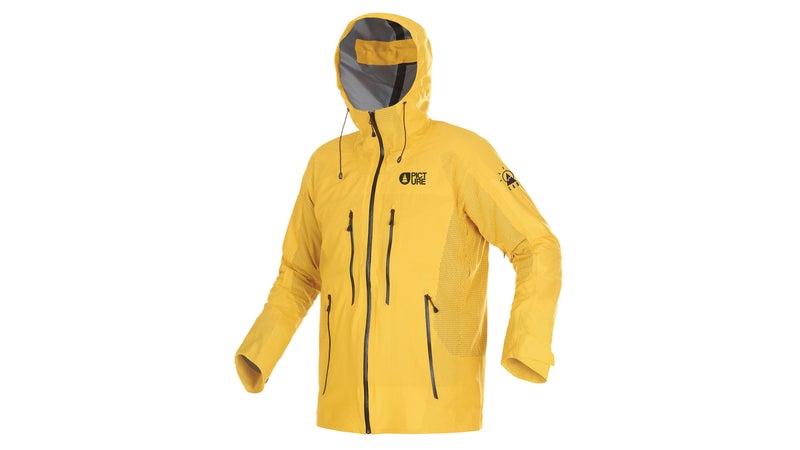
Picture Organic Iceland Proknit Shell ($500)
The origin of the Iceland Proknit shell, according to co-founder Julien Durant, goes like this: “I first thought of the idea when I was wearing my beloved Nikes. They were so comfortable and stretchy.”��He’s referring to �������’s Flyknit uppers, which are built from one piece of fabric and hug your foot like a bootie, providing—as Durant says—ample stretch and comfort.
Hard to imagine a shoe prompting a jacket design, but the French brand has adopted that same seamless construction for the face fabric of its Iceland Proknit. Designed to be worn on the frontside and in the backcountry, the three-layer waterproof shell stretches up to 1.5 times more than traditionally constructed jackets, thanks to the lack of seams. And because there’s only one piece of recycled polyester out front, there are no excess scraps to be thrown out. But what’s most impressive is the body mapping. The face fabric is thicker on the shoulders, front, and back for protection from the elements and transitions into a looser weave near the pits and at the sides to lend breathability.
We’re fans of the almost obscene comfort of �������’s Flyknit uppers and are happy that similar tech is making its way into outerwear. Better yet, it’s doing so in a sustainable way.
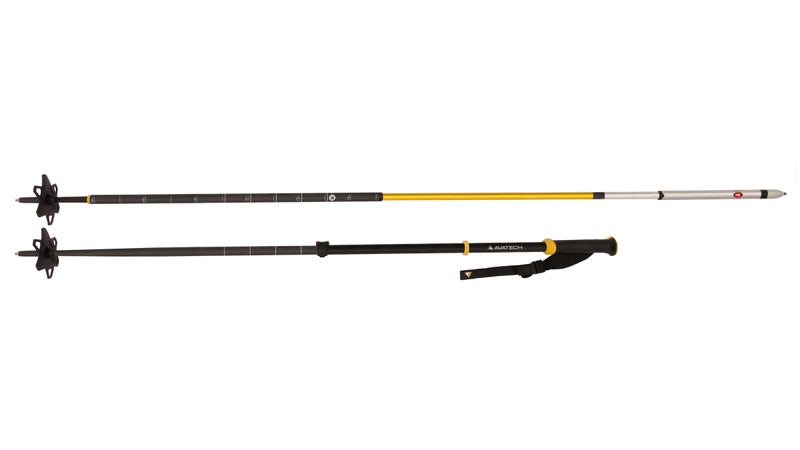
Avatech Scope ($500)
Backcountry skiers often jab their pole into the snow, handle down, to see if they can identify any avalanche-causing layers. It’s an important but imperfect process that now gets more accurate with the Avatech Scope.
The Scope fits inside a backcountry ski pole (included) and houses two sensors. The first is a force sensor in the tip that reads the density of each snow layer as the scope plunges downward. That data is sent to a small computer in the top of scope, and then to an app called on your phone. The app shows you an analysis of the layers based on the hand hardness scale—the same scale used to analyze layers in an avalanche pit.
The second sensor is a small camera in the side of the scope that provides a depth reading. Snow depth is important because skiers want to know how far down avalanche-causing layers are buried and how much snow sits on top. At a certain point, these layers are so far down that they become less worrisome.
The scope is not designed to take the place of an avalanche pit, and users will need some avalanche education to read it properly. But we’re still excited because the scope makes backcountry travel that much safer and easier. We’re also excited to start using the Mountain Hub app, which stores all the scope data, plus a host of observable data like wind direction, and then shares it with other users, creating a de facto crowdsourced avalanche information center.
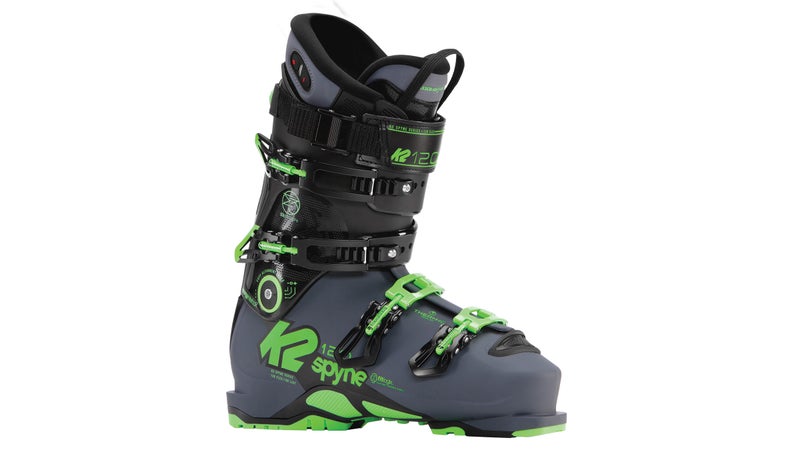
K2 Spyne 120 Heated Ski Boot ($750)
If your feet run cold, you’ve probably used boot heaters. But most heaters change boot fit and can be finicky to use. K2 has tried to solve that dilemma with its Spyne 120 model, which has heaters built into the liners.
Even better: Instead of heating just the bottom of your foot (like third-party heaters), the Spyne provides 360 degrees of warmth, heating everything from the sole of your foot up through your calf. Pressing a button on the side of the liner lets you choose from three settings; the lowest setting gives you 19 hours of heat. The batteries recharge in six hours via a USB cable.
This isn’t the first boot with an integrated heater. Other companies, including Salomon, have built them before. But those boots were often softer, whereas the Spyne is a high-performance model with a 120 flex. The stiffness comes from the molded Y-shaped insert in the back of the boot that adds strength to the shell and reduces lateral movement, which helps transfer power forward to the ski.


